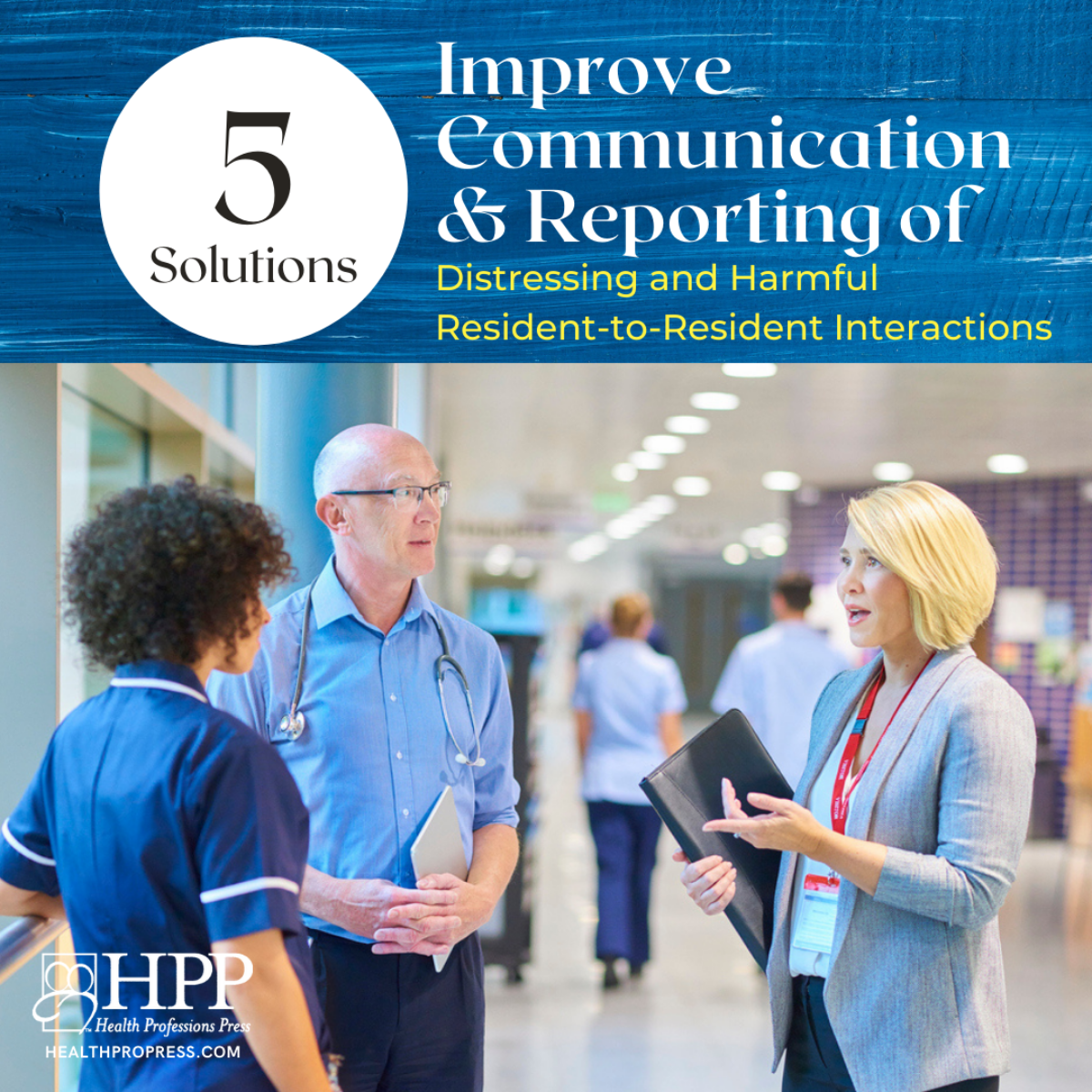
5 Solutions to Improve Communication and Reporting
The majority of distressing and harmful resident-to-resident interactions (DHRRIs) remain unreported. Underreporting of these episodes limits direct care partners’ ability to understand the root causes of these behavioral expressions; identify underlying unmet needs, situational frustrations, and triggering events; and anticipate and prevent future incidents. This lack of reporting is important generally but also because many of these behavioral expressions are recurrent.
In addition, problems with information transfer between direct care partners, between direct care partners and managers, and between employees from different departments and disciplines is also a persistent problem in many long-term care homes. These communication lapses and breakdowns may occur, for example, within shifts as well as across shifts; in the transition between weekdays, evenings, and weekends; and during holidays. The inadequate transfer of essential information often leads to missed opportunities for prevention of distressing and harmful resident-to-resident interactions.

Events and behavioral expressions occurring during one shift often have direct effects on behavioral expressions occurring during subsequent shifts, so it is important for the long-term care home to have policies and procedures in place to ensure effective communication in real time—among all employees—to decrease the likelihood of “information slippage” contributing to harmful resident-to-resident interactions. Below are some suggested strategies to improve reporting and communication.
Require all employees to document every distressing and harmful resident-to-resident interaction
This requirement should be explicitly specified in the policies and procedures of your residence. Complete the report immediately after (or if not possible, shortly after) the episode ends. Waiting to fill out at the end of the shift is likely to compromise recall accuracy of important details that are essential for future prevention efforts.
Consistently use a communication log, preferably electronic
Require all “direct contact” employees (those who come into direct, regular contact with the residents) to read the daily communication log at the beginning of each shift, including after leaving and returning to the care home during the work shift, and a few times during the shift. The log is a critical learning and risk management resource that should be used to systematically document the circumstances surrounding and situational triggers of behavioral expressions and the unmet needs and frustrations underlying them.
It is recommended that the communication log be electronic where possible. Difficulty reading handwritten logs can lead to lapses in communication. An electronic log that is used systematically and effectively can increase the likelihood that key information is shared and understood by all who need it. It can literally help prevent residents’ injuries and death.
Allow adequate time for shift-change meetings
Consider requiring that the shift-change meeting between team leaders lasts anywhere between 15 and 30 minutes; the actual time needed should be determined based on the number of residents within each care home, their healthcare needs, behavioral expressions, and the resources available to care for them (such as staffing levels, training, and skill set).
Time for transition meetings should be included in every direct care partner’s regular work schedule, and all direct care partners must be paid for their time in contributing to this important step in improving care and prevention of harmful resident-to-resident interactions. The types of information transferred during these shift change meetings could also help address and prevent many other care-related needs, problems, and safety issues, as well.

Provide ongoing education and training to all employees
Encourage all care employees to recognize, through ongoing education and training, that these behavioral expressions should not be normalized or perceived to be inevitable. Seeing them as normal makes it less likely that they will be resolved. Make it clear to all employees that dangerous normalization of these episodes can result in serious psychological or physical harm to residents and direct care partners.
Ensure that learning and improvement in prevention are the main goals of reporting
Training CNAs on documentation leads to significant gains in their knowledge related to risk factors, recognition, and management of distressing and harmful resident-to-resident interactions. Using direct care partners’ documentation and reporting as an evaluative or punitive tool against them can quickly lead to reduced reporting and loss of precious opportunities for learning and prevention.
Read the book!
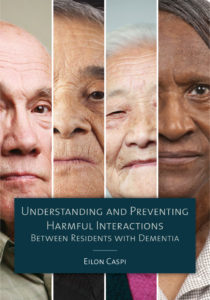 Understanding and Preventing Harmful Interactions Between Residents with Dementia
Understanding and Preventing Harmful Interactions Between Residents with Dementia
By Eilon Caspi, Ph.D.
Copyright © October 2021 by Health Professions Press, Inc. All rights reserved.
Emphasizing compassionate, person-directed care practices, author Eilon Caspi describes numerous psychosocial strategies to use to prevent and de-escalate situations prior to, during, and after harmful resident-to-resident interactions. Included are dozens of real-life examples illustrating what does and does not work in managing these episodes.

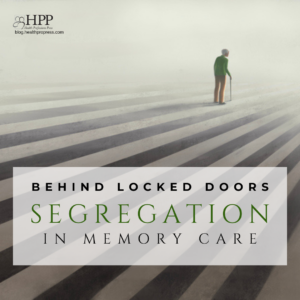
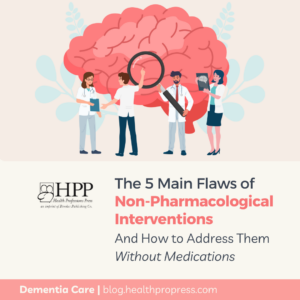
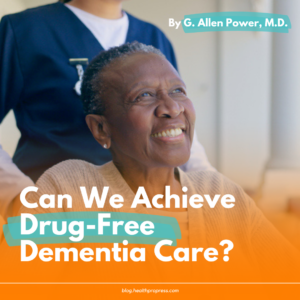
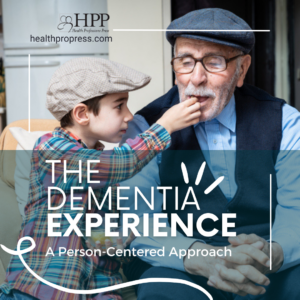
Add comment